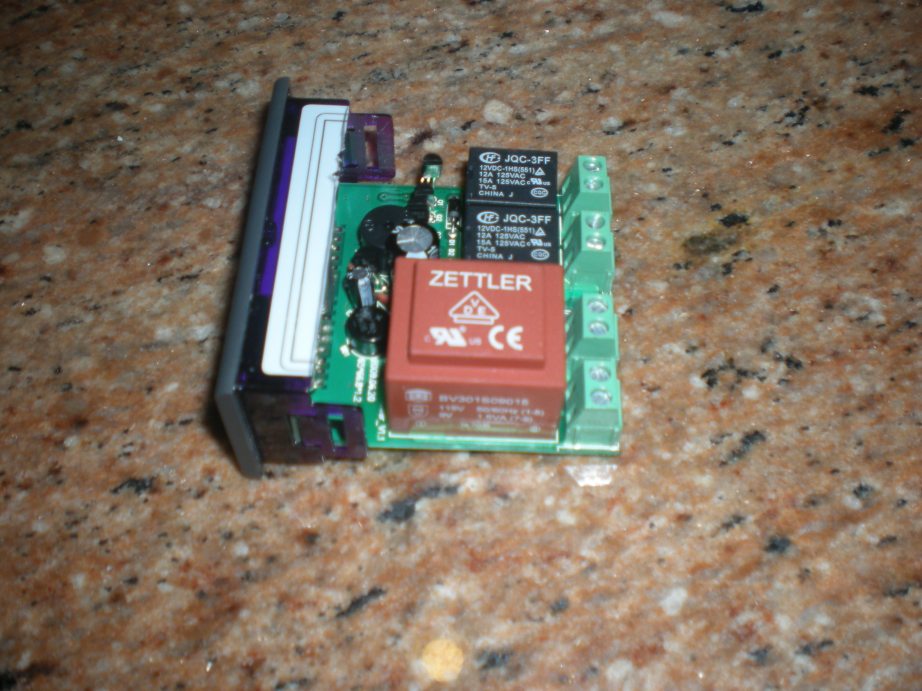JuanMoore
Getting the banned back together
I could be mistaken, but I thought that # 1 & 2 were for the probe leads, not line power which should be #3 & 4. None of the wiring seems to be correct. Like I said, I'm doing this from memory, so check the wiring diagram that came with the unit or someone can help who actually owns one. If you energized it as you have it shown, it may be smoked permanently. Hopefully, that is not the case.
No, 1 & 2 are power and 3 & 4 are temp sensor. He's got it wired right as far as I can tell. My first question was going to be if he waited for the compressor delay, but android beat me to it. Could it be the 220V controller?








